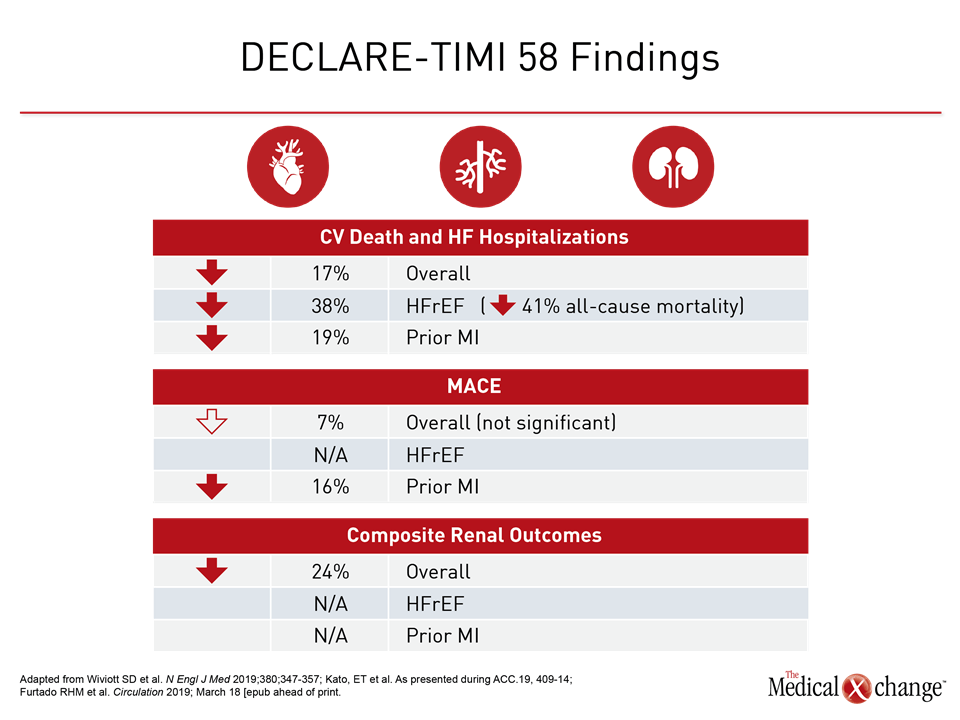

This cohort consisted of 1540 consecutive patients with STEMI who underwent primary PCI between 20. The INTERSTELLAR registry was retrospectively established by four hospitals in the Incheon-Bucheon province. We retrospectively analyzed the cohort data from INTERSTELLAR (INcheon-Bucheon cohorT of patients undERgoing primary PCI for acute ST-ELevation myocardiaL infarction identifier NCT02804958). Therefore, we investigated whether the addition of HLI, dysglycemia, NLR, and anemia, measured upon on admission, could improve the prognostic performance of the TIMI risk score for 1-year mortality in patients with STEMI who underwent primary percutaneous coronary intervention (PCI). However, there was little evidence that examining these biomarkers provided any incremental value to conventional risk scoring models.

Several studies have revealed that STEMI patients with anemia had a higher risk of cardiovascular mortality. In addition, the neutrophil to lymphocyte ratio (NLR) has been demonstrated as a prognostic biomarker for various cardiovascular diseases. Dysglycemia, defined as serum glucose 250 mg/dL at the time of presentation, was an independent predictor of in-hospital mortality in STEMI. We previously demonstrated that the presence of hypoxic liver injury (HLI), defined as serum transaminase levels more than two times of the upper normal limit, was associated with all-cause mortality and major adverse cardiovascular events in STEMI patients. Recent studies suggest that several biomarkers evaluated during routine blood tests upon admission may be independent predictors of poor clinical outcomes in patients with STEMI. Recent guidelines recommend using risk scores, for early risk assessment and adjustment, such as the TIMI (Thrombolysis in Myocardial Infarction) for STEMI, TIMI for NSTEMI, and GRACE (Global Registry of Acute Coronary Events) for both types of myocardial infarction (MI). Several risk stratification scores have been designed to predict mortality or complications in patients with non-ST-segment elevation myocardial infarction (NSTEMI) and ST-segment elevation myocardial infarction (STEMI). The addition of HLI, dysglycemia, anemia, and high NLR to the TIMI risk score may be useful for very early risk stratification in patients with STEMI receiving primary PCI. The best cutoff value of NLR for the prediction of 1-year mortality was 4.3 (sensitivity, 67% specificity, 65%). The effect of adding biomarkers to the TIMI risk score on its discriminative ability was assessed using c-statistic, net reclassification improvement (NRI), and integrated discrimination improvement (IDI). HLI and dysglycemia were defined as serum transaminase > twice the normal upper limit and glucose 250 mg/dL, respectively. MethodsĪ total of 1057 patients with STEMI undergoing primary percutaneous coronary intervention (PCI) between 20 were retrospectively enrolled from 4-regional hospitals. We investigated whether adding information obtained from routine blood tests including hypoxic liver injury (HLI), dysglycemia, anemia, and high neutrophil to lymphocyte ratio (NLR) could improve the prognostic performance of the TIMI risk score for the prediction of 1-year mortality. Several biomarkers have been proposed as independent predictors of poor outcomes in ST-segment elevation myocardial infarction (STEMI).


 0 kommentar(er)
0 kommentar(er)
